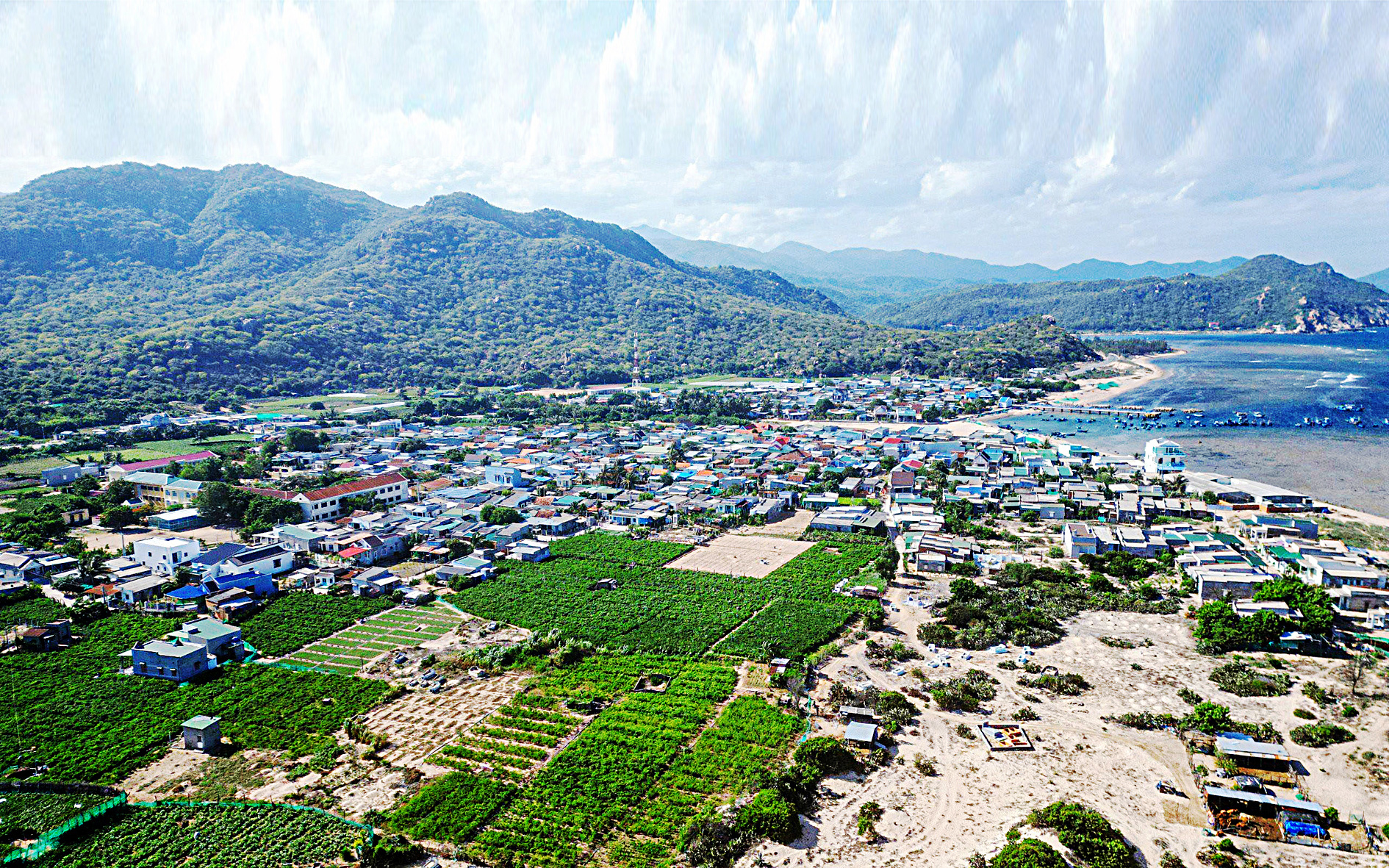
Thai An village, Vinh Hai commune (Ninh Hai district, Ninh Thuan ) - where the nuclear power project is located - Photo: DUY NGOC
Vietnam's first two nuclear power plants with a total capacity of 4,000MW were part of a long-term strategy to ensure energy security for the country.
* Nuclear power helps Vietnam reduce dependence on coal and natural gas
With the ability to provide stable energy, nuclear power promises to help Vietnam escape its dependence on coal and natural gas, while protecting the environment by reducing greenhouse gas emissions.
Nuclear power is a cleaner source of energy than fossil fuels, helping to reduce climate change and air pollution because it does not emit CO2 directly. The development of nuclear power also helps promote industry and science and technology, helping Vietnam access advanced technology and form a high-quality workforce.
However, one of the biggest challenges is the very high initial investment cost, up to billions of USD. Specifically, the cost of building two nuclear power plants in Ninh Thuan has increased from about VND200,000 billion (USD10 billion) initially in 2009, to VND400,000 billion (USD18 - 20 billion) in 2016. This will be a huge financial burden for the country, when Vietnam's economy is still facing many difficulties.
Nuclear safety is also a major concern. Catastrophic nuclear accidents such as Chernobyl (1986) and Fukushima (2011) have made many countries, including Vietnam, cautious. Vietnam does not have much experience in this field. Ensuring the safety of nuclear power plants, especially in the process of radioactive waste management, is a challenge that needs to be thoroughly resolved.
Vietnam decided to stop the Ninh Thuan nuclear power project in 2016 due to many factors. Investment costs increased sharply, electricity demand at that time did not increase as predicted while renewable energy developed strongly, creating a feasible and safer option. The Fukushima nuclear accident in 2011 also created a wave of safety concerns when Vietnam did not have a safe and complete radioactive waste management system.
This does not mean that the possibility of developing nuclear power in Vietnam is completely eliminated, as Vietnam's electricity demand is expected to continue to increase sharply in the coming years. Especially, in the context of the country's increasing urbanization and industrialization, nuclear power can still be a long-term solution.
However, to realize future nuclear power plans, Vietnam needs to be well prepared in all aspects. From infrastructure development, human resource training to building strict nuclear safety mechanisms and effective waste management systems... All must be done with a long-term and careful strategy.
Developing nuclear power in Vietnam requires careful consideration on many aspects. Although it can help ensure energy security and protect the environment, the financial, technical and safety challenges cannot be ignored. If Vietnam decides to return to nuclear power, it needs a long-term strategy and comprehensive preparations to ensure success.
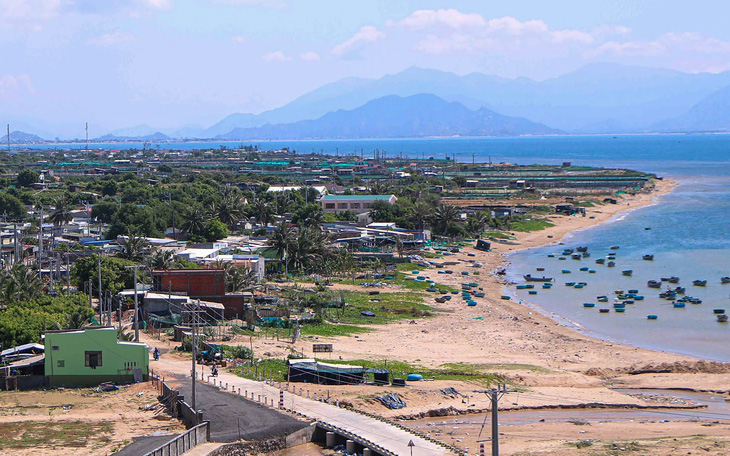 To achieve Net Zero, nuclear power is required.
To achieve Net Zero, nuclear power is required.Source: https://tuoitre.vn/viec-can-lam-khi-tro-lai-dien-hat-nhan-2024100110512535.htm



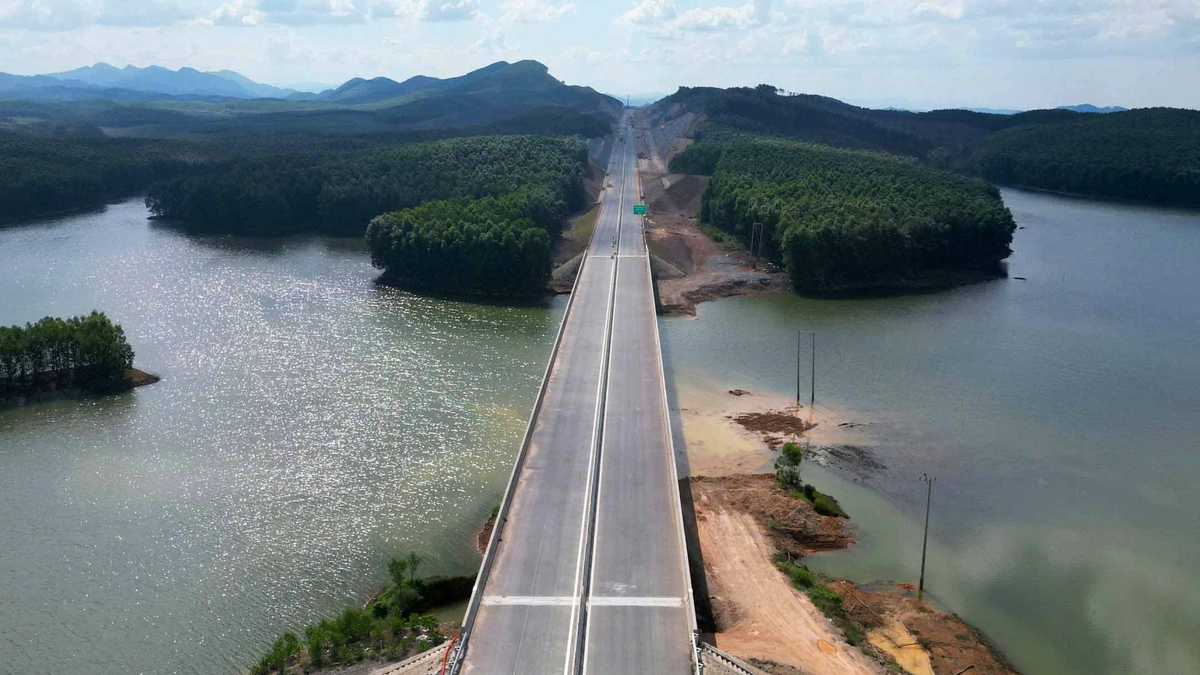


![[Photo] Candidates take the first graduation exam with the new Literature topic](https://vphoto.vietnam.vn/thumb/1200x675/vietnam/resource/IMAGE/2025/6/26/dfded9e317554c25a3e26defe672ebb7)



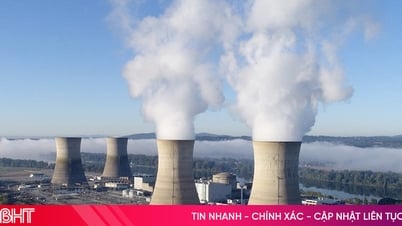



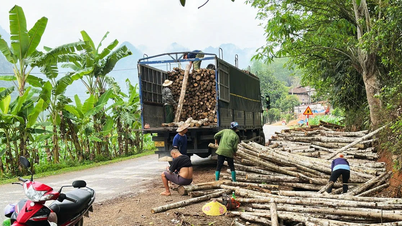

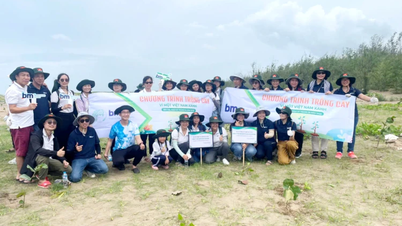

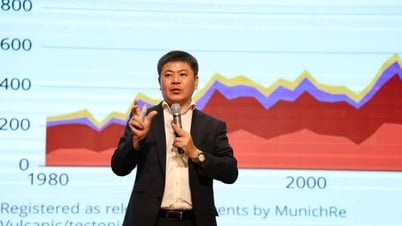



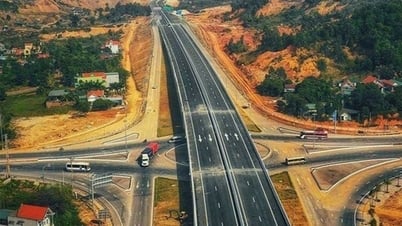



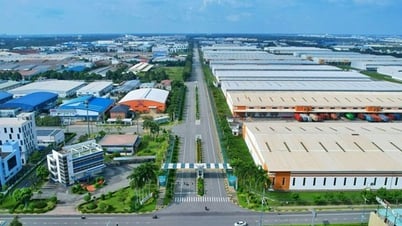
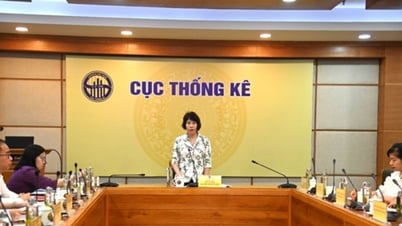




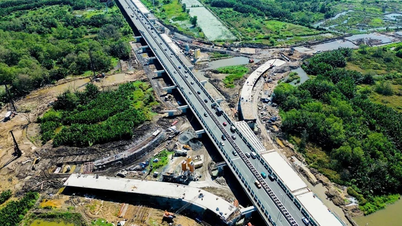

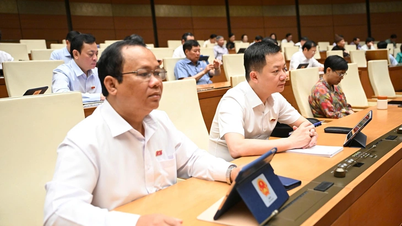



![[Photo] More than 1.1 million candidates nationwide enter the 2025 High School Graduation Exam](https://vphoto.vietnam.vn/thumb/1200x675/vietnam/resource/IMAGE/2025/6/26/9156d47f0f6e4268aa4a7dcdb05477f7)




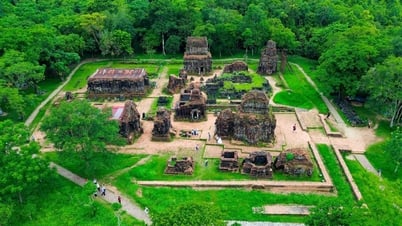

























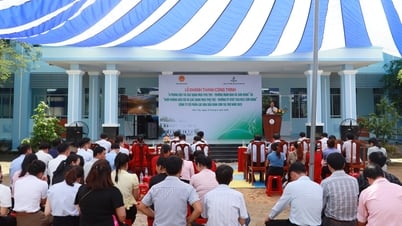






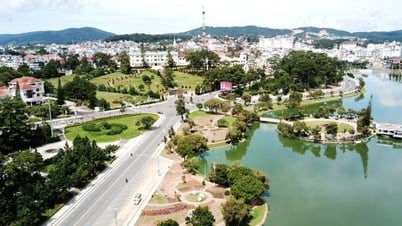





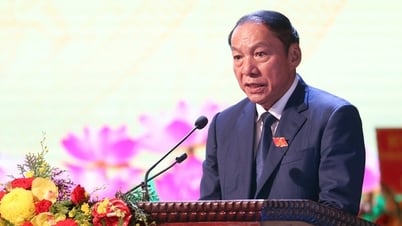



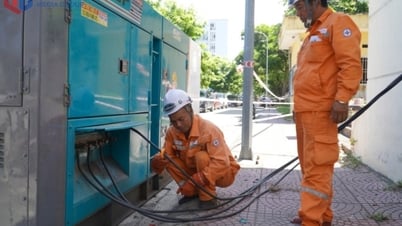



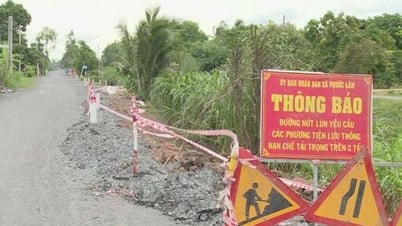















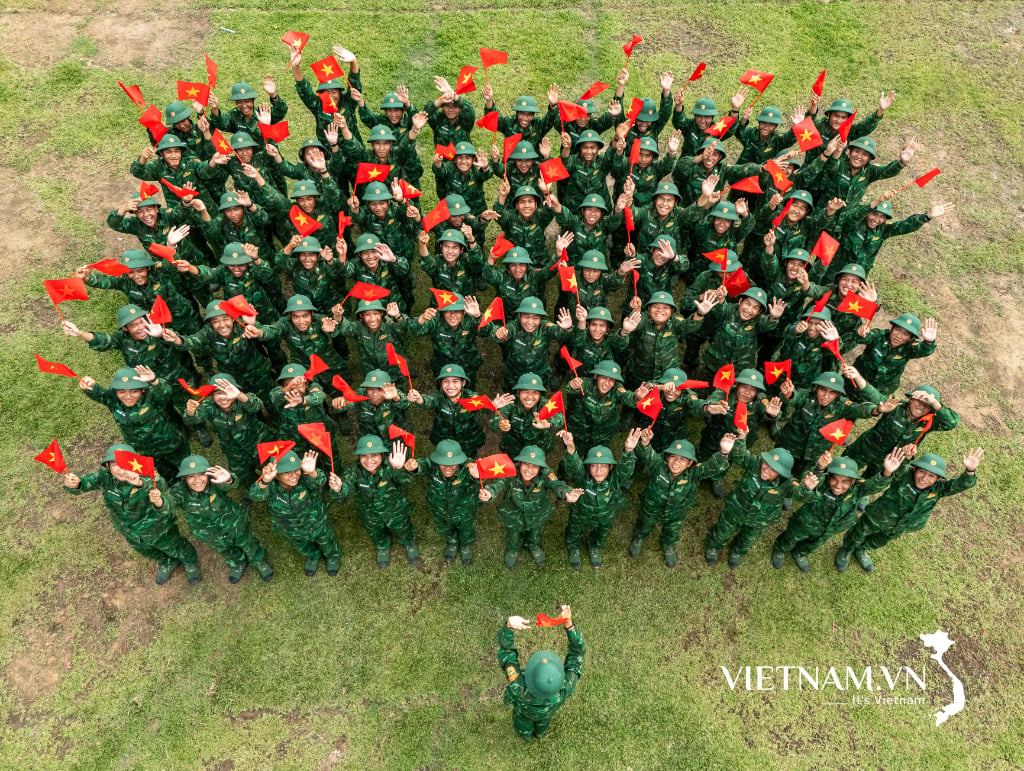

Comment (0)